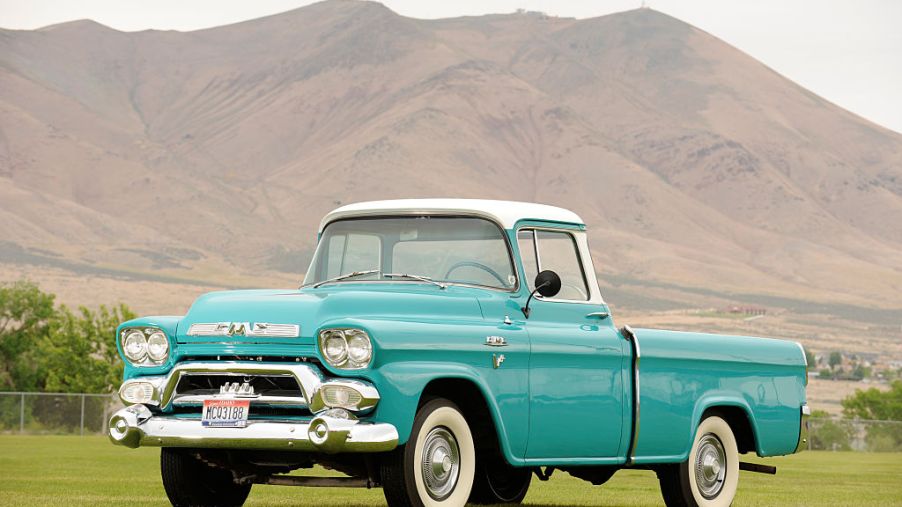
The Incredible History of GMC Trucks
GMC trucks, including the Sierra and Canyon, are popular for their competitive price points while offering a comfortable ride and powerful towing capacities. They also appeal to consumers who simply want a few luxury features, not a hard and heavy truck.
Today’s GMC trucks are a far cry from the company’s original concept of a hauling truck. Heated leather seats, energy-efficient engines, imaginative cargo spaces, and noise-reducing technology make for a nearly unbeatable driving experience. Read on to discover how GMC became so beloved.
GMC’s small beginnings
In 1901, brothers Max and Morris Grabowski started the Rapid Motor Vehicle Company in Pontiac, Michigan. Their vision was to manufacture delivery and pickup trucks for commercial businesses. Their first prototype was a single-cylinder engine that failed, but they didn’t let it stop them.
The Grabowski brothers succeeded in 1902 with a redesigned two-cylinder engine capable of 15 hp. In just a few years, they sold 75 pickup trucks that were not much more than an open cab, wheels, bench seat, frame, and engine.
The history of the GMC name
Two years after incorporating the business in 1904, General Motors Company founder William C. Durant invested heavily in Rapid Motor stock. By 1909, General Motors bought Rapid Motor Vehicle Company and merged the company with another large acquisition, the Reliance Motor Company.
At a 1912 New York Auto Show, they posted signage that became the namesake of this profitable business venture, GMC Trucks. Eight months later they patented that name. Some years later, the General Motors Company was reincorporated and renamed General Motors Corporation.
GMC drives a growing economy
By 1927, GMC had smoothed out many of the truck’s rough edges. Chrome-plated trim, radiator-mounted headlights, and a more streamlined look married the truck’s workhorse reputation with modern style.
A GMC pickup became synonymous with dependability when a two-ton GMC truck completed a trek from New York to San Francisco in five days. During this time of rapid industrial growth and advancements in technology, this pickup was certainly a part of that period of economic boom.
Pre-war GMC trucks
By the ’30s, GMC trucks were ingrained in American culture. The cars sold so fast it was hard for the company to keep up with demand. Since the truck’s engine was quite hardcore, GMC expanded its pickup styles with more paint colors, swooping fenders along the frame, a front grille redesign, and a more comfortable cabin interior.
By this time, GMC was manufacturing trucks from three locations including Pontiac, Michigan, Oakland, California, and Saint Louis, Missouri.
GMC’s post-war truck boom
World War II saw the U.S. Army invest in 600,000 GMC trucks built specifically to handle the demands of rugged terrain. Many of the design features that make GMC trucks so dependable in war zones translated to consumer production models.
The new and improved GMC truck lineup featured a wider and lower body as well as headlights integrated into the truck’s frame. You can still spot post-war production GMC trucks in classic movies and on vintage car lots.
What was probably most unexpected was how GMC truck bodies (especially from 1948-50) became a popular base frame for hot rod conversions during the ’60s.


